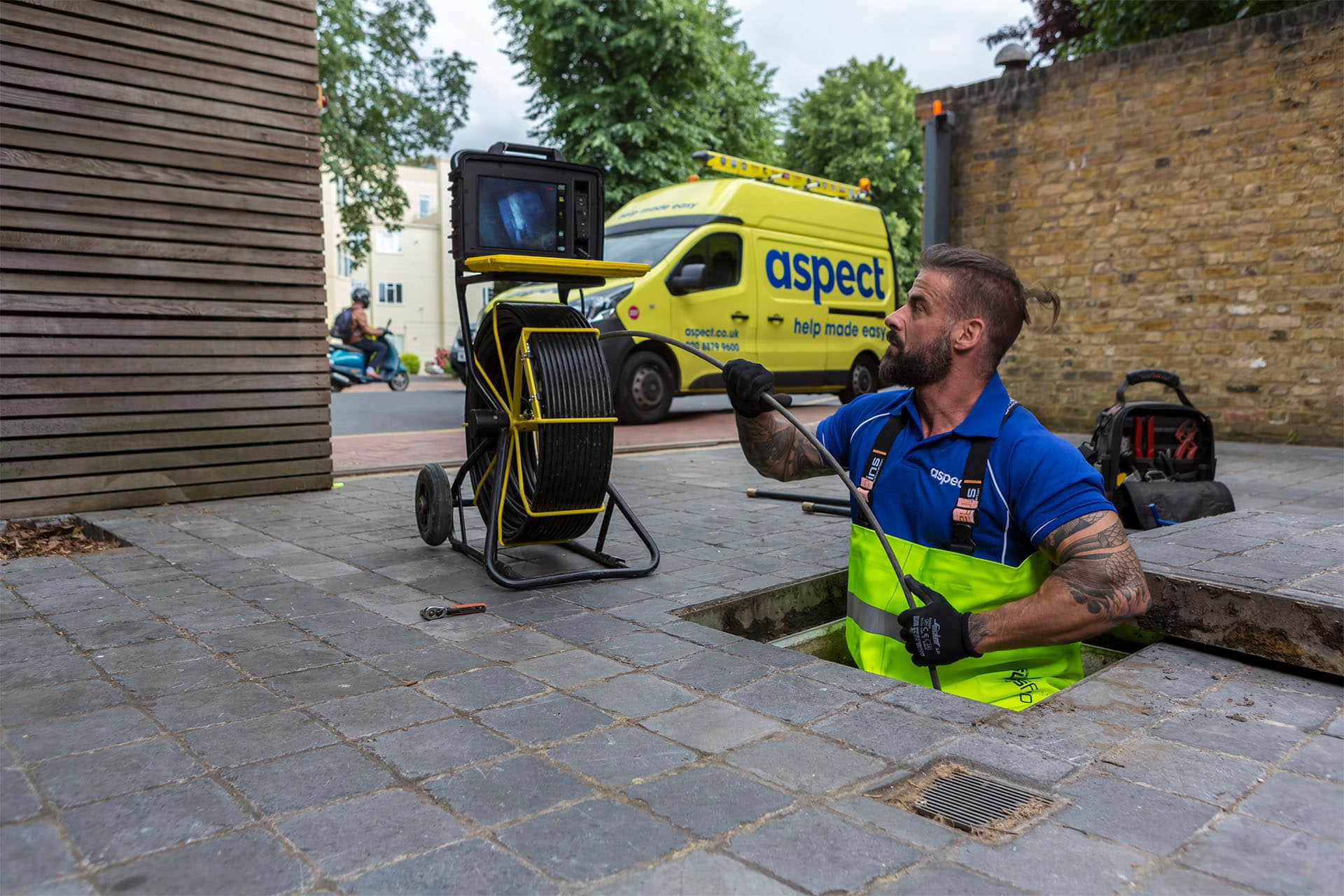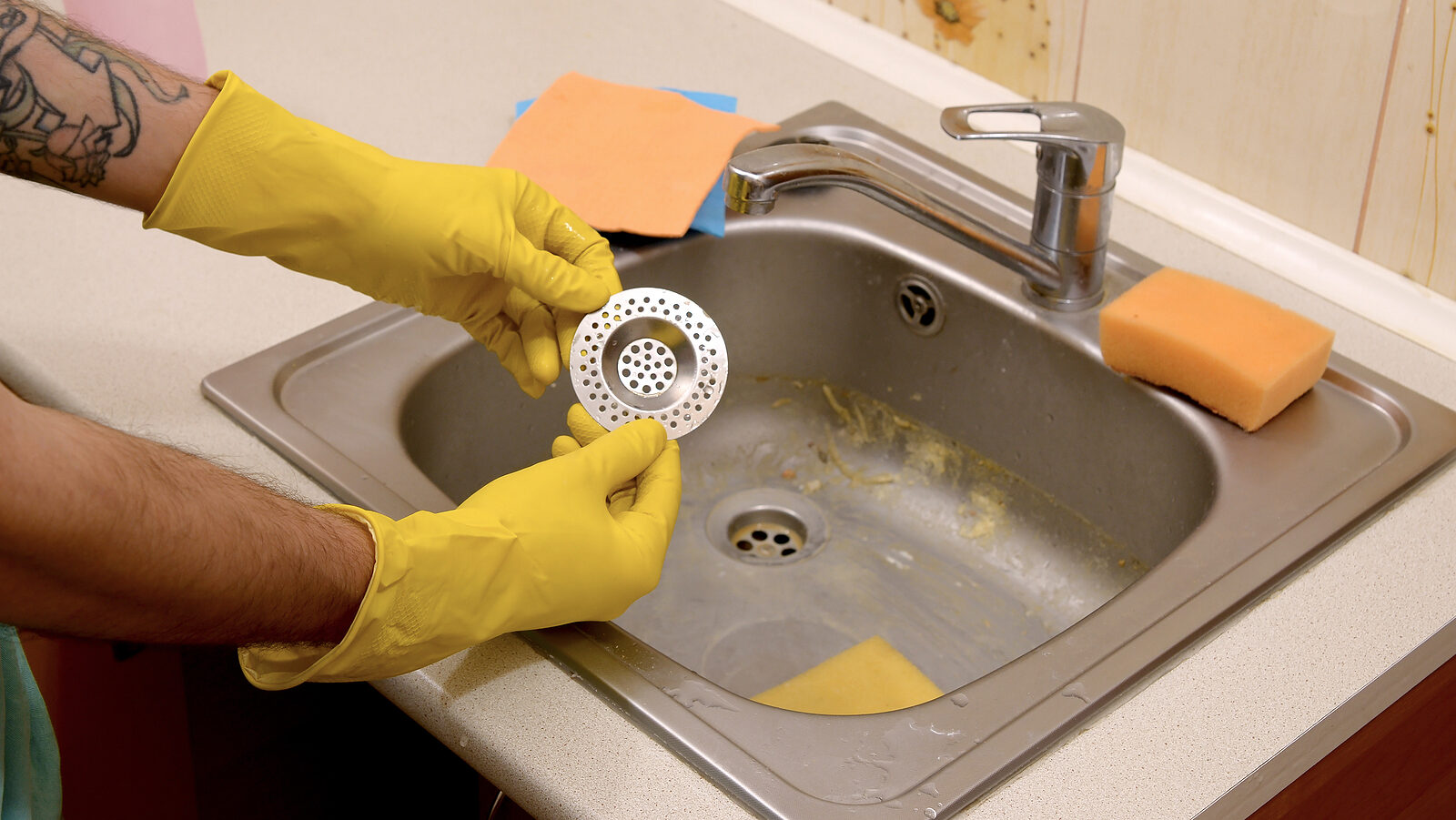How to Handle a Blocked Drain On Your Own Before Engaging Professional Help
Call TodayJust about every person has got their private notions when it comes to Some easy tips to fix blocked drains.

Introduction
Managing a blocked drainpipe can be a frustrating experience, interrupting daily activities and possibly causing damages to your home. Nonetheless, before reaching out to pipes specialists, there are steps you can take to deal with the problem yourself. In this guide, we'll explore do it yourself options and safety nets to deal with an obstructed drainpipe properly.
Determining the Problem
The primary step in addressing a blocked drain is acknowledging the indicators. Slow-moving drain, gurgling noises, foul odors emanating from drains, or water support up are common signs of an obstructed drain. Recognizing these signs early can assist prevent even more complications.
Selecting the Right Plumbing Service
When selecting a pipes solution, consider factors such as experience, licensing, and customer reviews. Pick a trusted plumber with a record of top quality handiwork and clear rates methods.
Cost Considerations
The price of expert drainpipe cleaning company can differ relying on the intensity of the blockage and the plumbing's prices. Demand quotes from multiple suppliers and ask about any kind of added fees to ensure openness and stay clear of surprises.
Security Measures
When attempting DIY drain cleaning, focus on safety. Wear safety handwear covers and glasses to stay clear of contact with dangerous chemicals or microorganisms. Never mix various drain cleansing products, as this can generate unsafe fumes.
Case Studies
Real-life instances show the efficiency of do it yourself services and the relevance of timely specialist intervention in settling drainpipe blockages.
Typical Sources Of Blocked Drains
Understanding the variables that add to drain blockages is important for effective resolution. Common perpetrators consist of hair, soap residue, oil, food particles, and international items like sanitary products or paper towels. Tree origins getting into underground pipes can also create significant obstructions.
DIY Solutions
For small clogs, numerous do it yourself options can be efficient. Pouring boiling water down the drainpipe can help dissolve oil and debris. Baking soda and vinegar or a mixture of salt and cooking soft drink can serve as all-natural cleansers. Utilizing a plunger or pipes snake to remove blockages is an additional option.
Devices and Tools
Having the right tools accessible can make do it yourself drainpipe cleansing a lot more efficient. A plunger is a functional device for removing clogs in sinks, commodes, and showers. A pipes serpent or auger can get to deeper blockages, while drain cleaning chemicals can be utilized very carefully for persistent clogs.
Preventive Measures
To prevent future blockages, embracing safety nets is essential. Install drain guards or strainers to catch hair and debris before they get in the pipes. Regularly flush drains pipes with warm water to dissolve grease buildup, and avoid getting rid of grease or solid waste down the drain.
When to Call a Specialist
While do it yourself options can solve minor obstructions, specific indications suggest the requirement for specialist aid. Consistent clogs, foul odors regardless of cleaning initiatives, or multiple drains pipes backing up simultaneously are warnings that warrant expert treatment.
Final thought
By complying with the pointers laid out in this guide, you can effectively take on blocked drains pipes and protect against future pipes issues. Whether going with DIY solutions or looking for professional support, punctual activity is essential to maintaining a healthy plumbing system and preserving the stability of your home.
How to Clear a Clogged Drain Yourself (And When to Call In the Professionals)
What Can Clog a Drain
Dirt Skin flakes Hair Grease Soap scum Food Offset pipes Tree roots Small objects Mineral buildup DIY Tricks to Unclog a Drain
You can fix this! Once you have identified the source of the clog (or have a vague idea), you can try one or a combination of these fixes in order to clear your plumbing.
Wire Hanger or Snake
Untangle and clear out hair from a drainpipe with a homemade snake. Use a straightened-out wire hanger with a 90-degree angle hook to locate the clog and drag out any unwanted material.
Remember not to push the clog further down to where the wire hanger cannot reach! If you need to follow up with a plunger, give it a try. Your efforts might be more successful after it’s been wire-snaked.
If you want to get fancy and don’t have a wire hanger to spare, head to the store and pick up a hand-operated drain snake. You can get one for $10-$30. It may save you the hassle, and provide additional length to reach deep into the clogged pipe.
Plunger
A cup plunger has a suction cup attached to a wooden handle. The rubber creates a seal around the drain, and increases the pressure force of the plunger.
Plunge for 30-second increments to loosen the clog. This may need to be repeated over the course of 15-20 minutes. Once plunged, run the water to flush the remaining material out of the drain.
Remember– never use a plunger if you have used a chemical drain cleaner. These chemicals can splash up from the force of the plunger and cause serious injury or burns.
Boiling Water
Hot water can sometimes break up materials into a flushable amount. Dirt, grease, and soap buildup requires heat in order to unstick from surfaces.
Take your kitchen kettle and heat your water to a boil. Once it reaches a rolling boil, pour it directly down the drain into the blockage. Carefully follow with plunging, if necessary.
Don’t worry if this takes more than one try! It can often take multiple kettles and repeated plunging in order to clear a particularly stubborn clog.
Chemical Drain Cleaner
As a last resort, pick up a bottle of chemical drain cleaner. Drain-cleaning chemicals are potent, and not very good for the environment.
You may need to wear protective eyewear in gloves before handling your bottle of chemical drain cleaner. Follow the instructions printed on the bottle, and flush with water as soon as the instructions allow. Do not follow with plunging.
Baking Soda and Vinegar
As a safer alternative to chemical drain cleaner, baking soda and vinegar can create a chemical reaction that clears tough clogs.
Combine one cup of cleaning vinegar with one cup of boiling water, and set aside. Once you have done this, pour half a cup of baking soda down the drain. Give the baking thirty seconds to settle and cover a large portion of the problem drain.
Following the baking soda, pour down your vinegar and hot water solution. Once the vinegar and baking soda combine, the mixture will bubble and fix. Let this reaction fizzle in the drain for about an hour.
After an hour, follow with a kettle’s worth of hot water. The heat and liquid should flush out any remaining material.
When to Call a Plumber
If your DIY attempts haven’t cleared your clog drain, it’s time to call in a professional. It’s not worth losing access to your kitchen sink or high-traffic bathroom. A clog in a vital area can keep you from the things you’d rather be doing, and derail your routine.
Anytime a clog is causing water to spread is a time to call in a plumbing service. What starts out as a little bit of water can quickly grow into serious, expensive water damage.
Additionally, a serious clog can result in burst pipes or serious leaks. Make sure you know when to take it seriously!
https://myguysnow.com/how-to-clear-a-clogged-drain-yourself-and-when-to-call-in-the-professionals/

I ran across that entry about How to handle a clogged drain in your home when perusing the internet. Are you aware of someone else who is occupied with the subject? Please feel free to promote it. Thanks a bunch for being here. Revisit us soon.
Click Here